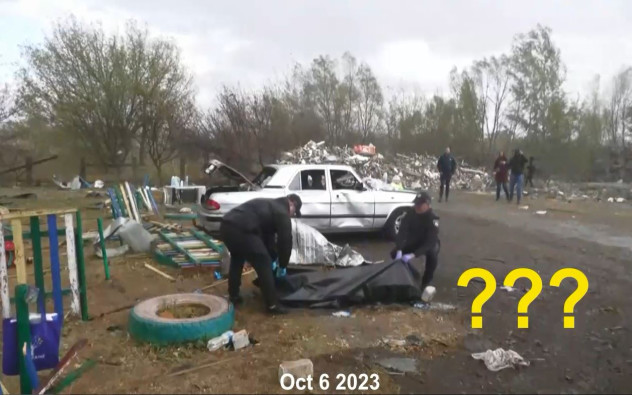Advertisement
A Great Sphinx Discovered In Pakistan
Mystery History YouTube
Published on 5 Feb 2018
SUBSCRIBED 196K
Subscribe Subscribed Unsubscribe
Patreon: https://www.patreon.com/MysteryHistory
Facebook: https://www.facebook.com/MysteryHisto...
Twitter: https://twitter.com/Mysterytweetery
Steemit: https://steemit.com/@mysteryhistory
When we first explored the suppressed, yet very real, secret passageways littering the sphinx's base and structure. We were confronted with compelling evidence to suggest another sphinx existed, on the other side of the African continent in Zinder.
Not only were there still existing remnants of this once spectacular structure, but there also remains the clearly recognisable, and notoriously erosion resistant accompanying pyramids.
However, what some may find astonishing is that exactly 6000 kilometres to the East in a place known as Balochistan, Pakistan, another sphinx can also be found, clearly of a similar antiquity… Supporting the suspicion claimed many times on our channel, that a civilisation which far predated the ancient Egyptians, actually built these amazing pyramid, for a sophisticated, although as yet, unknown purpose.
Known as the “Sphinx of Balochistan,†many funded academics have strongly denied the possibility of this familiar looking formation, being of manmade origin, and many attempt to claim that its familiar shape, along with the surrounding environments artificial appearance, is merely coincidental, and that the entire area is just a natural formation, these conclusions, made with no official archaeological investigations ever being undertaken at the site.
Thankfully however, an equal number of individuals who have actually visited this site, most self-funded, have actually concluded the complete opposite, Graham Hancock being but one individual who has concluded that the site is indeed a very ancient sphinx. Quite possibly dating back to the last precession of Leo, some 12500 years ago…
As grahams website puts it, quote, “The Sphinx appears to be decked up in a head-dress, that closely resembles the Nemes head-dress of the Egyptian pharaoh.â€
“The Nemes headdress is a striped head-cloth that covers the crown and back of the head. It has two large, conspicuous flaps which hang down behind the ears and in front of the shoulders.â€
“The Sphinx has a horizontal groove across its forehead, which corresponds to the pharaonic headband that holds the Nemes headdress in place.â€
“One can easily make out the contours of the reclining forelegs of the Sphinx, which terminate in very well-defined paws. It is difficult to see how nature could have carved out a statue that resembles a well-known mythical animal to such an astonishingly accurate degree.†End quote.
We find it disappointing, yet not surprising that many individuals within modern academia, accredited with many titles to their name, and thus much educational responsibility, would defend a paradigm regardless of investigative support, a highly unprofessional, yet regularly repeated practice across many fields…
The sphinx is perceived by nearly all concerned as a symbol of protection, a guarding force which was often erected at sacred, or highly important sites.
And the Sphinx of Balochistan is no different, appearing to be guarding a temple-like structure nearby.
Many have concluded that the Balochistan Sphinx-Temple site, actually retains clear evidence of pillars, a temple entrance, an elevated, sculpted structure to the left of the entrance, along with much more interesting geology in the surrounding area.
Is the Balochistan really just a natural formation?
If so, why has no official investigation been undertaken?
It is clearly a very controversial, archaeological site, and one we find highly compelling.
https://grahamhancock.com/dmisrab11/
https://en.wikipedia.org/wiki/Nemes
- Category: Uncategorized
- Duration: 04:17
- Date: 2018-02-06 10:35:32
- Tags: dajorivision.wixsite.com/dajorivision
1 Comments
Please login to comment
Civil War Official Trailer 2024
998 Views
















